Search
Start screenings at age 45 to prevent colorectal cancer, UT Southwestern experts advise : Newsroom - UT Southwestern, Dallas, Texas
https://www.utsouthwestern.edu/newsroom/articles/year-2023/june-colorectal-cancer.html
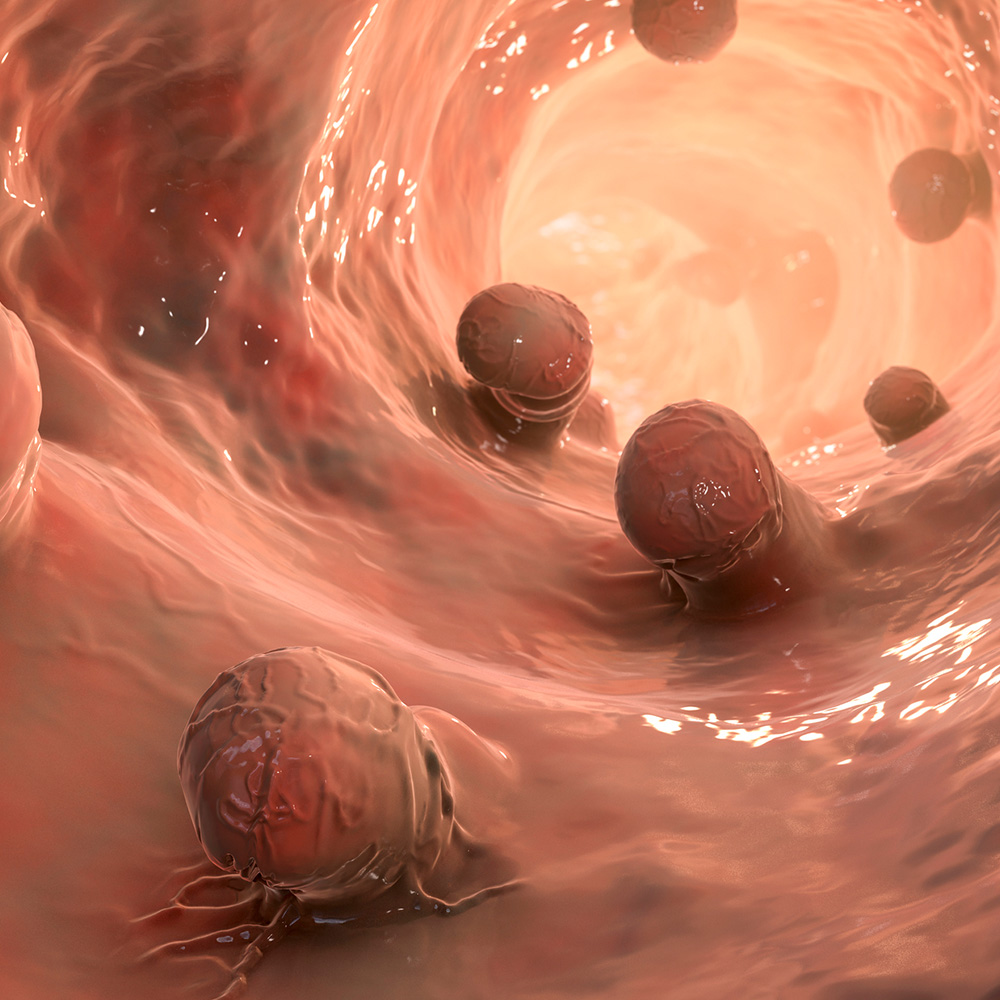
Colorectal cancer is on the rise among younger adults. According to the American Cancer Society, the proportion of cases among people under 55 increased from 11% in 1995 to 20% in 2019, and it is now the leading cause of cancer-related deaths for men younger than 50.
Overweight and obese younger people at greater risk for severe COVID-19 : Newsroom - UT Southwestern, Dallas, Texas
https://www.utsouthwestern.edu/newsroom/articles/year-2020/overweight-and-obese-younger-people.html
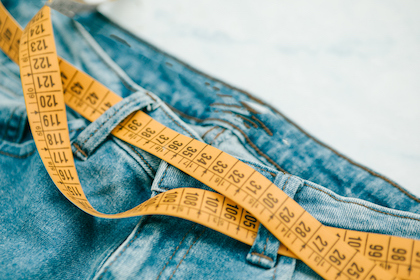
Being younger doesn’t protect against the dangers of COVID-19 if you are overweight, according to a new study from UT Southwestern.
Research pinpoints inflammation source behind atherosclerosis: Newsroom - UT Southwestern, Dallas, Texas
https://www.utsouthwestern.edu/newsroom/articles/year-2023/july-artherosclerosis.html
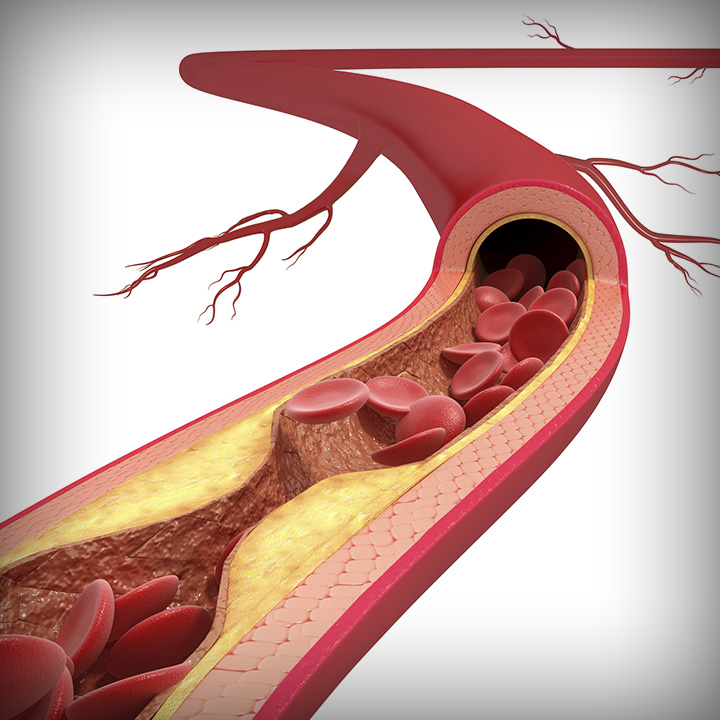
Scientists at UT Southwestern Medical Center and Children’s Medical Center Dallas have discovered in mice how high cholesterol causes blood vessels to become inflamed, a necessary prerequisite for atherosclerosis.
HIV patients can safely undergo hip replacement, study finds: Newsroom - UT Southwestern, Dallas, Texas
https://www.utsouthwestern.edu/newsroom/articles/year-2023/july-hiv-patients.html
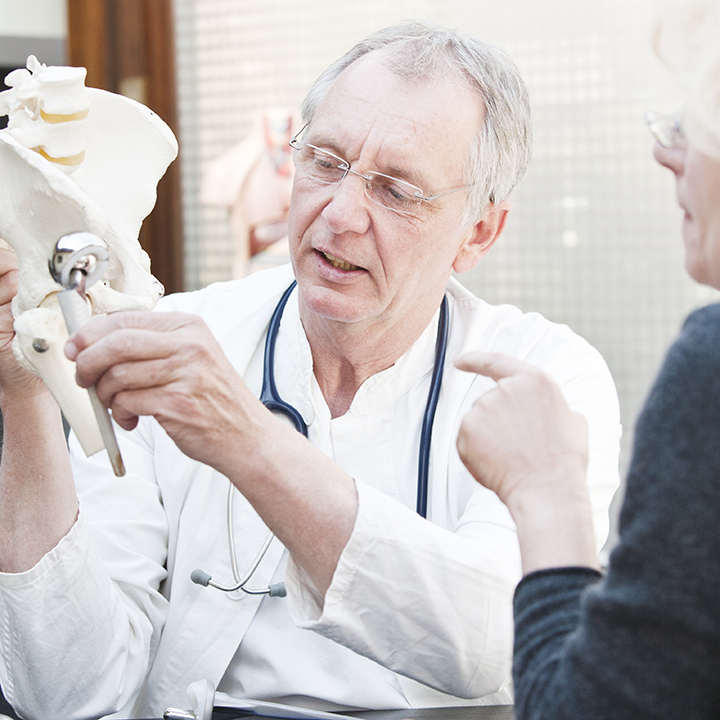
Hip replacement surgery is safe for patients living with human immunodeficiency virus (HIV), researchers at UT Southwestern Medical Center found.
UT Southwestern stem cell biologists develop embryo model: Newsroom - UT Southwestern, Dallas, Texas
https://www.utsouthwestern.edu/newsroom/articles/year-2023/july-embryo-model.html
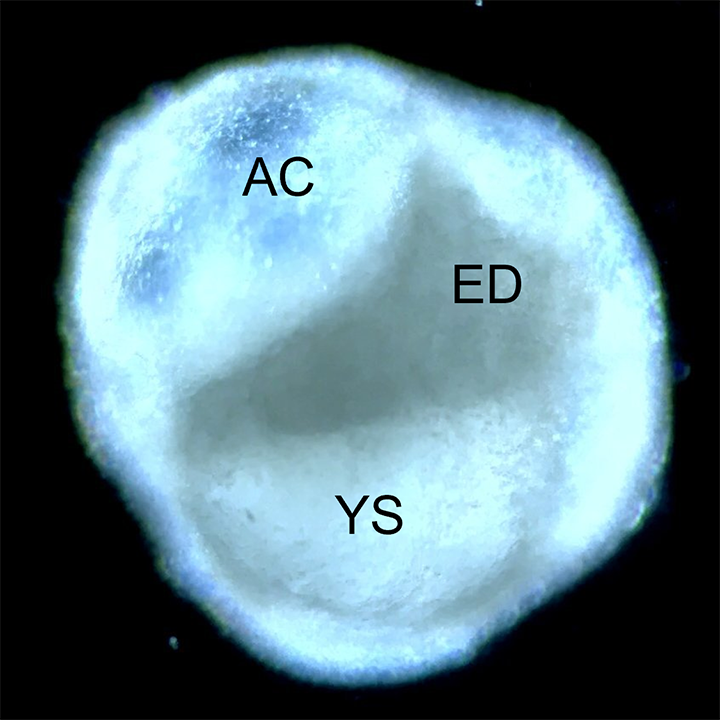
UT Southwestern Medical Center biologists have innovated a new stem cell-based embryo model for studying early human development, tissue formation, and differentiation, offering valuable contributions to the field of developmental biology and regenerative medicine.
COVID-19 pandemic linked to increases in childhood obesity: Newsroom - UT Southwestern, Dallas, Texas
https://www.utsouthwestern.edu/newsroom/articles/year-2025/dec-covid-19-pandemic-childhood-obesity.html
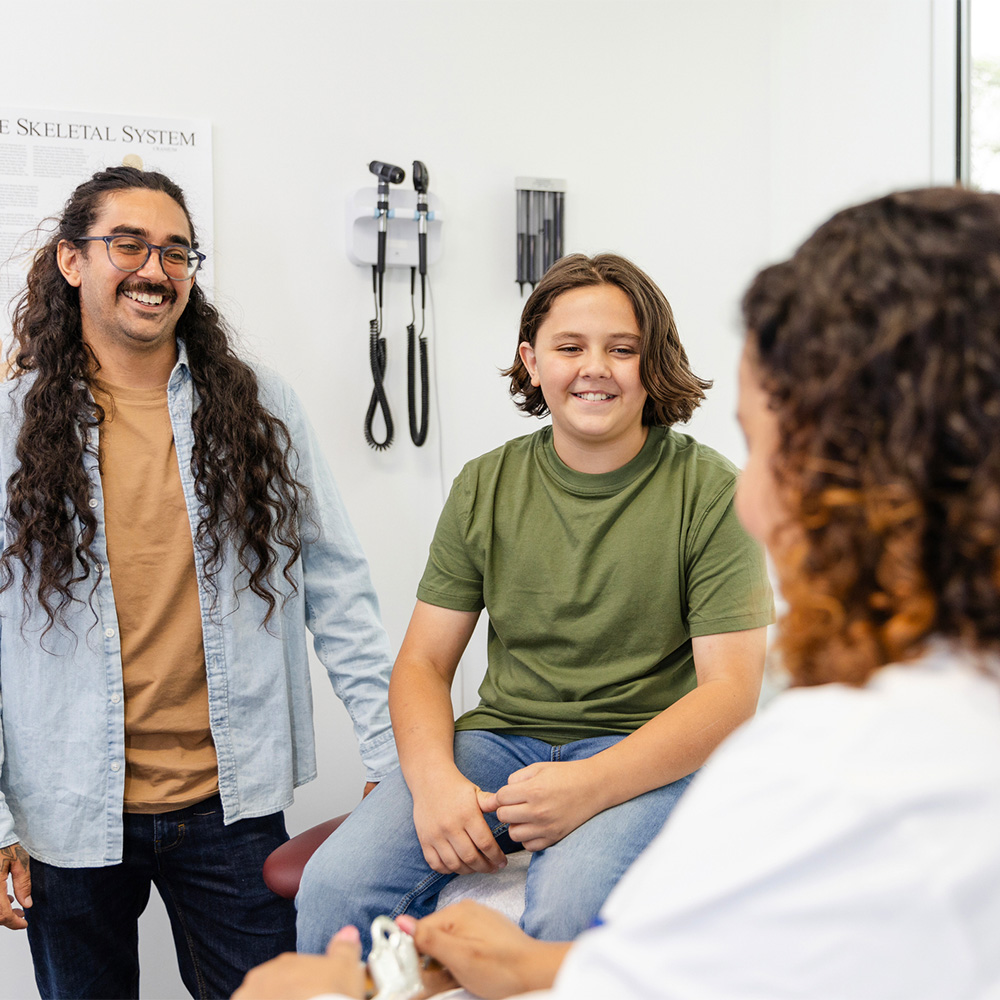
The COVID-19 pandemic not only disrupted children’s education, recreation, and social lives, it also increased the prevalence of obesity in the U.S. pediatric population by roughly 1 million youngsters, according to a study led by UT Southwestern Medical Center researchers.
After a liver transplant changed his life, UTSW postdoc is inspired to help others : Newsroom - UT Southwestern, Dallas, Texas
https://www.utsouthwestern.edu/newsroom/articles/year-2023/february-liver-transplant.html
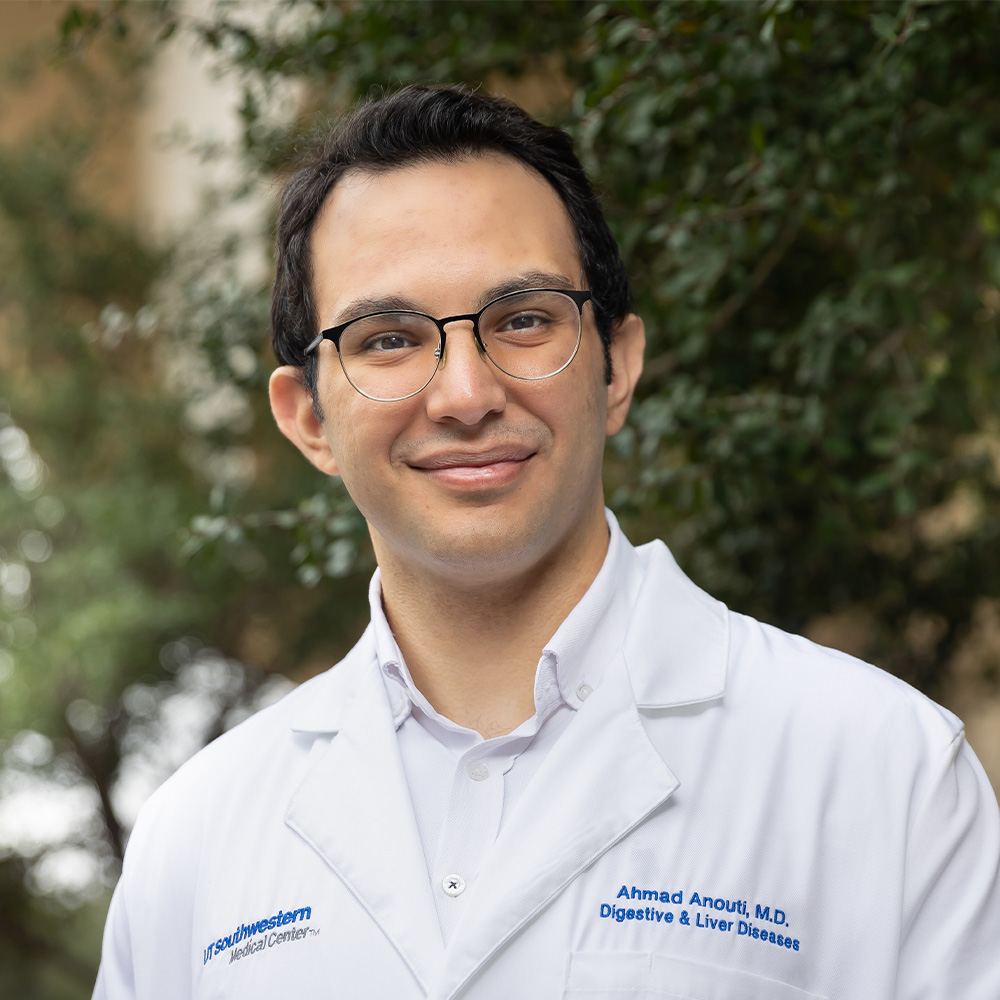
As a child in Beirut, Ahmad Anouti, M.D., endured dozens of medical procedures, hundreds of medications, and numerous setbacks before a liver transplant at age 16 saved his life.
Gene editing halts damage in mice after heart attacks in UT Southwestern study : Newsroom - UT Southwestern, Dallas, Texas
https://www.utsouthwestern.edu/newsroom/articles/year-2023/january-gene-editing.html
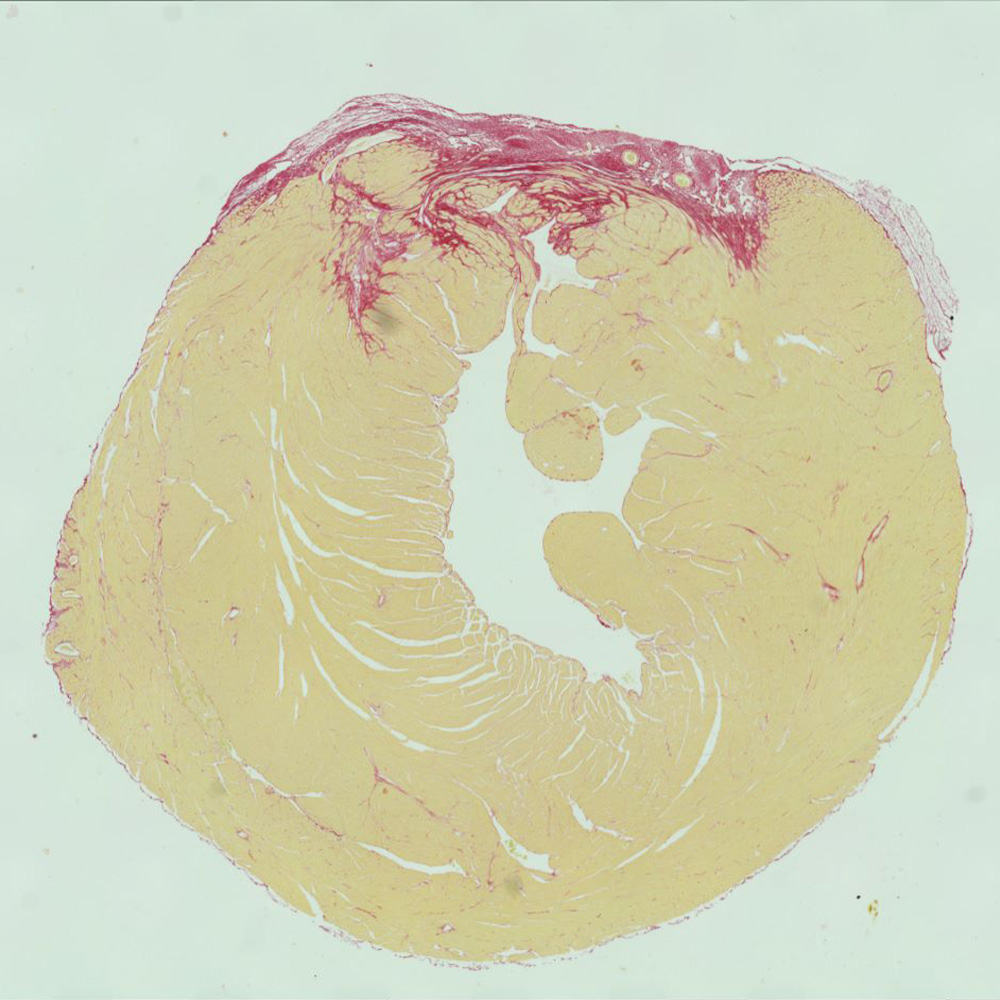
Editing a gene that prompts a cascade of damage after a heart attack appeared to reverse this inevitable course in mice, leaving their hearts remarkably unharmed, a new study by UT Southwestern scientists showed.
Study sheds new light on urinary tract infections in postmenopausal women: Newsroom - UT Southwestern, Dallas, Texas
https://www.utsouthwestern.edu/newsroom/articles/year-2019/postmenopausal-uti.html

A UT Southwestern study suggests why urinary tract infections have such a high recurrence rate in postmenopausal women.
How parents can help their kids with asthma avoid serious attacks: Newsroom - UT Southwestern, Dallas, Texas
https://www.utsouthwestern.edu/newsroom/articles/year-2022/october-kids-with-asthma.html
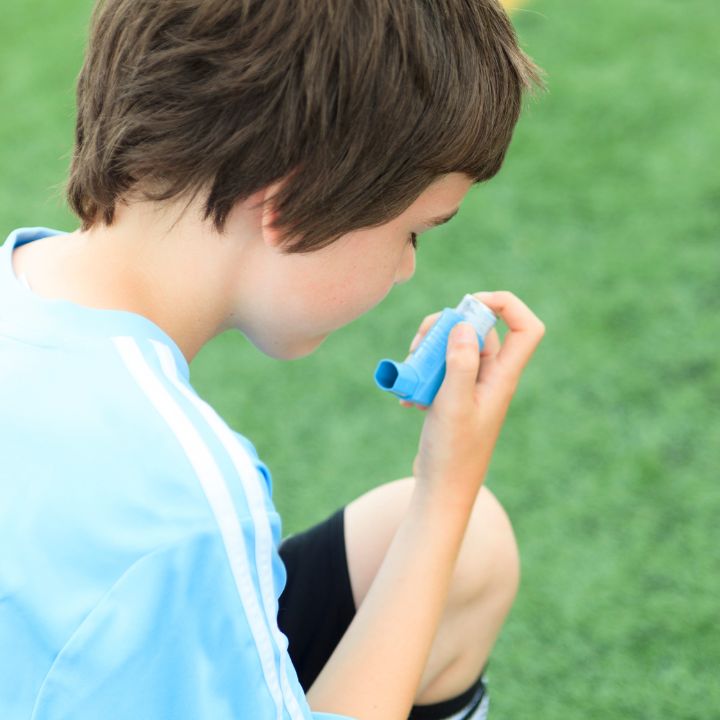
Changes in weather that accompany the return to school each fall can create a challenging environment for children who suffer from asthma, the most common pediatric chronic illness.
